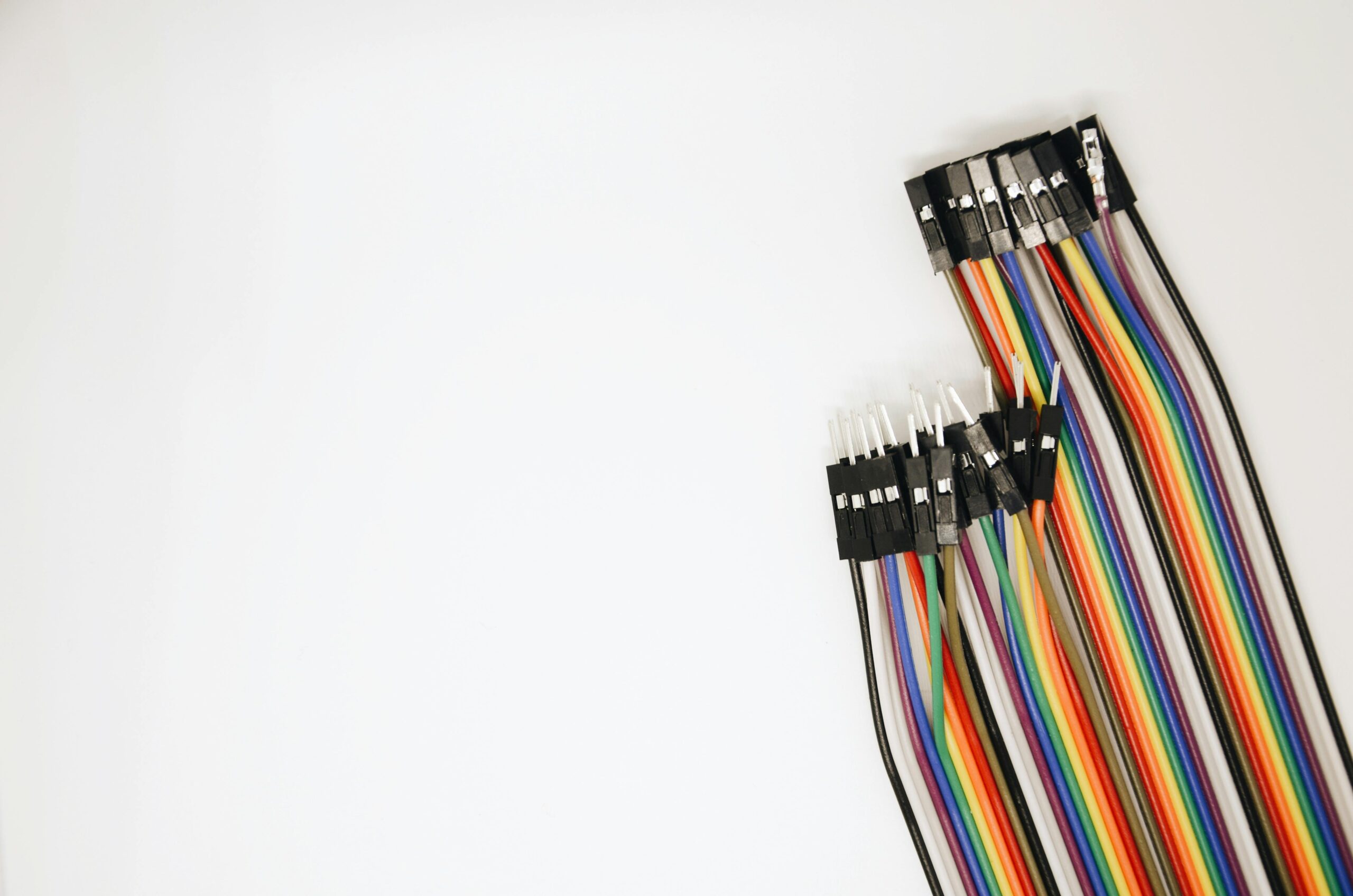Model railroading has evolved significantly over the years, and one of the most transformative technologies to hit the hobby is Digital Command Control (DCC). Gone are the days of simple analog controls where trains could only move based on the voltage applied to the rails. With DCC, enthusiasts now have unprecedented control over their locomotives, accessories, and entire layouts, bringing a new level of realism and flexibility. But what exactly is DCC, and why has it become so popular among hobbyists?
What is DCC?
At its core, Digital Command Control (DCC) is a system that allows multiple locomotives to operate independently on the same section of track. It achieves this by using digital signals that are transmitted through the rails. These signals are interpreted by decoders installed in each locomotive, giving you precise control over speed, direction, lights, sounds, and other functions, all from a single controller.
In contrast to traditional DC (Direct Current) systems, where the power applied to the rails determines how fast the train moves, DCC sends constant power to the tracks. Each locomotive’s decoder then interprets the commands sent to it, allowing you to control several trains at once without complex wiring.
Key Components of a DCC System
To understand how DCC works, let’s break down its main components:
- Command Station
The command station is the brain of your DCC system. It converts your throttle inputs into digital signals and sends them to the track. The command station also manages communication between the throttle, the track, and the decoders. - Throttle (Controller)
The throttle is the interface you use to control the trains. It allows you to select which locomotive to operate, adjust its speed, change direction, and control other functions such as lights or sound. Some systems come with handheld wireless controllers, adding flexibility to how you control your trains. - Decoders
Each locomotive needs a decoder to receive and process DCC signals. The decoder is typically installed inside the locomotive and is responsible for controlling the motor, lights, and sounds based on the commands it receives from the command station. There are also accessory decoders that can control things like turnouts, signals, and lighting. - Power Supply
Since the rails are always powered in a DCC system, a reliable power supply is essential. The power supply provides the necessary voltage and current to run all the locomotives and accessories on your layout.
Advantages of DCC
DCC has become a favorite among model railroaders for several reasons:
- Multiple Trains on the Same Track
One of the biggest advantages of DCC is the ability to control multiple locomotives on the same track independently. In analog systems, this was nearly impossible without complex wiring and block control systems. DCC simplifies this, allowing for more dynamic and realistic operations. - More Realistic Operations
With DCC, you can do more than just control the speed and direction of your trains. You can control lighting functions, sound effects like whistles and horns, and even more advanced features like smoke generators or realistic braking. - Simpler Wiring
Analog systems required dividing the layout into electrical blocks, each controlled by its own power source. DCC eliminates the need for most of this complexity. With only two wires connected to the track, the entire layout is powered, and control is handled digitally. - Customizable Control
DCC decoders allow you to fine-tune your locomotives’ performance. You can adjust acceleration and deceleration rates (momentum), maximum speed, and even lighting effects. Some decoders also come with sound options, adding another layer of realism to your layout. - Future-Proofing Your Layout
As DCC technology continues to evolve, manufacturers are producing more advanced systems and accessories. While analog systems are largely static in terms of functionality, DCC systems can be expanded with additional features such as computer control, automation, and even smartphone apps for wireless operation.
Potential Challenges of DCC
While DCC is a powerful system, it’s not without its challenges:
- Cost: DCC equipment can be more expensive upfront compared to traditional DC systems. Each locomotive requires a decoder, and a command station and throttle are necessary to run the system.
- Complexity: For beginners, DCC can seem daunting. Learning how to program decoders, troubleshoot signal issues, and optimize performance can take some time. However, most hobbyists find the learning curve worthwhile given the enhanced control and realism.
- Decoder Installation: Older locomotives may not come with DCC decoders pre-installed, meaning you’ll need to retrofit them. This can be a delicate process, especially for smaller scale models, but many manufacturers now offer “DCC Ready” locomotives that simplify installation.
Conclusion
Digital Command Control (DCC) has revolutionized the way model railroads are operated. With its ability to independently control multiple locomotives, simplify wiring, and add new layers of realism, it has become the go-to technology for serious hobbyists. Whether you’re building a large, intricate layout or just running a few trains on a small setup, DCC offers the flexibility and power to bring your railway dreams to life.
If you’re still using a traditional DC system, now might be the perfect time to consider making the switch to DCC. The upfront investment in equipment and learning pays off with a more immersive and enjoyable model railroading experience. So, why not take your layout to the next level?

No responses yet